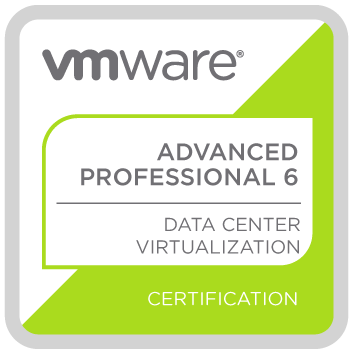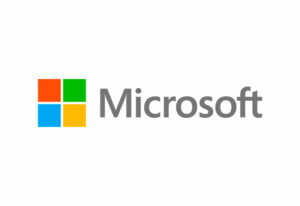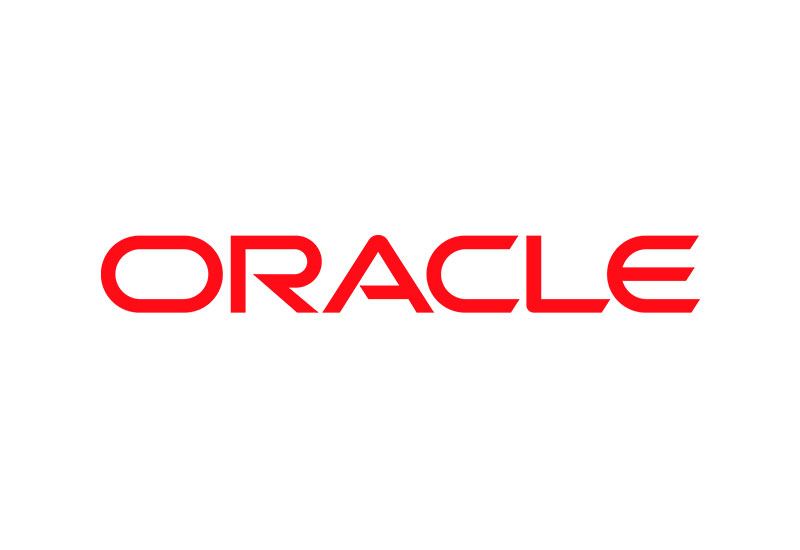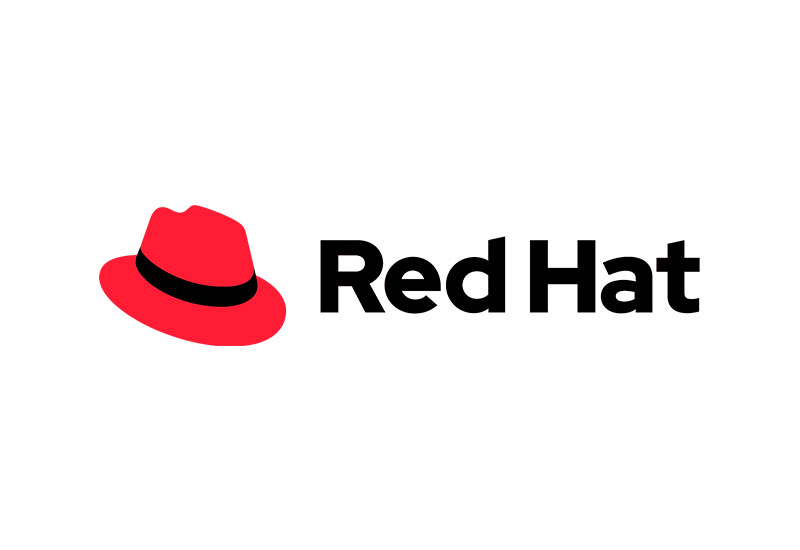VCP-DCV VMware vSphere: Install, Configure, and Manage v7.0
Technology provider: VWware
Exam: VCP-DCV

At the end of the course, you should be able to meet the following objectives:
- Describe the software-defined data center (SDDC)
- Explain vSphere components and their role in the infrastructure
- Describe the benefits and capabilities of VMware Skyline
- Install and configure ESXi hosts
- Deploy and configure the VMware vCenter® Server Appliance™
- Use the VMware vSphere® Client™ to Manage vCenter Server Inventory and vCenter Server Configuration
- Manage, monitor, support and protect vCenter Server Appliance
- Create virtual networks with vSphere Standard Switches.
- Describe storage technologies supported by vSphere
- Configure virtual storage using iSCSI and NFS storage
- Create and manage VMware vSphere® VMFS datastores
- Use the vSphere Client to create virtual machines, templates, clones, and snapshots.
- Create a content library and deploy virtual machines from templates in the library.
- Manage virtual machine resource usage
- Migrate virtual machines with VMware vSphere® vMotion® and VMware vSphere® Storage vMotion®
- Create and manage a vSphere cluster enabled with VMware vSphere® High Availability and VMware vSphere® Distributed Resource Scheduler™
- Discuss solutions for managing the vSphere lifecycle
- Use VMware vSphere® Lifecycle Manager™ to perform updates to ESXi hosts and virtual machines.
Audience profile.
This course is aimed at
- System administrators
- System engineers
Prerequisites.
This course has the following prerequisites:
- System administration experience on Microsoft Windows or Linux operating systems.
Intensity and Schedules.
Live virtual training.
With an intensity of 40 hours, the training is given 3 times a week from 6:30 pm to 9:30 pm Colombian time.
Introduction to the course
- Introductions and logistics of the course
- Course Objectives
Introduction to vSphere and the software-defined data center.
- Explain the basics of virtualization
- Describe how vSphere fits into software-defined data center and cloud infrastructure
- Explain how vSphere interacts with CPUs, memory, networking, and storage
- Recognize the user interfaces to access the vCenter Server system and ESXi hosts
- Describe the architecture of the ESXi host
- Navigating the Direct Console User Interface (DCUI) to configure an ESXi host
- Recognize ESXi host user account best practices
- Install an ESXi host
- Use the VMware Host Client™ to configure ESXi host settings
- Describe how to proactively manage your vSphere environment using VMware Skyline
Virtual Machines.
- Create and provision a virtual machine
- Explain the importance of VMware Tools™
- Install VMware Tools
- Identify the files that make up a VM
- Recognize the components of a VM
- Recognize the virtual devices supported by a VM
- Describe the benefits and use cases of containers
- Identify the parts of a container system
vCenterServer.
- Describe the architecture of vCenter Server
- Discuss how ESXi hosts communicate with vCenter Server
- Deploy and configure the vCenter Server Appliance
- Use the vSphere Client to Manage vCenter Server Inventory
- Add datacenter, organizational objects, and hosts to vCenter Server
- Use Roles and Permissions to Allow Users to Access Objects in the vCenter Server Inventory
- Back up the vCenter Server Appliance
- Monitor vCenter Server appliance status, events, and tasks
- Use VMware vCenter Server® High Availability to Protect a vCenter Server Appliance
Configure and manage virtual networks.
- Create and manage standard switches
- Describe virtual switch connection types
- Configure load balancing, traffic shaping, and virtual switch security policies
- Compare vSphere Distributed Switches and Standard Switches
Configuration and management of virtual storage.
- Identify storage protocols and types of storage devices.
- Discuss ESXi hosts that use iSCSI, NFS, and Fiber Channel storage. • Create and manage warehouses
- VMFS and NFS data.
- Explain how multipathing works with iSCSI, NFS, and Fiber Channel storage. Configuration of
- vSAN™
Virtual machine management.
- Use templates and cloning to deploy new virtual machines
- Modify and manage virtual machines
- Create a content library and deploy virtual machines from templates in the library
- Use customization specification files to customize a new virtual machine
- Perform vSphere vMotion and vSphere Storage vMotion Migrations
- Describe the enhanced vMotion support feature
- Create and manage virtual machine snapshots
- Explore the features and capabilities of VMware vSphere® Replication™
- Describe the benefits of the VMware vSphere® Storage APIs:
Data Protection resource monitoring and management.
- Discuss CPU and memory concepts in a virtualized environment
- Describe what excessive commitment of a resource means:
- Describe methods for optimizing CPU and memory usage
- Use various tools to monitor resource usage
- Create and use alarms to report certain conditions or events
vSphere clusters.
- Describe the features of a vSphere DRS cluster
- Create a vSphere DRS cluster
- Monitor a vSphere Cluster Configuration
- Describe options for making a vSphere environment highly available
- Explain the architecture of vSphere HA
- Configure and Manage a vSphere HA Cluster
- Explore the features and capabilities of VMware vSphere® Fault Tolerance
- Describe the role of vSphere® Cluster Service
vSphere Lifecycle Management.
- Recognize the importance of vCenter Server Update Planner. • Describe how VMware works
- vSphere® Lifecycle Manager™. vSphere® Lifecycle Manager™ and VMware vSAN™ Integration
Detalles de la Certificación
Esta certificación valida la comprensión profunda de los servicios de OCI para poner en marcha la infraestructura y proporciona una ventaja competitiva en la industria. Se recomienda capacitación actualizada de OCI y experiencia práctica. Esta certificación está disponible para todos los candidatos.











